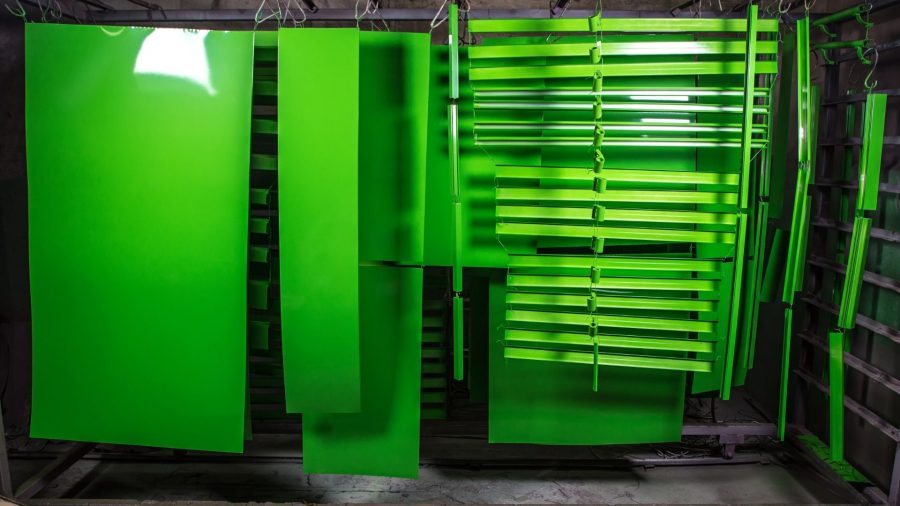What Causes Orange Peel in Powder Coating?
Orange peel in powder coating is the effect you get when the powder coated surface does not have a smooth, even appearance. Orange peel describes the unevenness of the finish, like the surface of an orange.
The chief cause of orange peel in powder coating is something going wrong when applying the powder coating to the surface.
What Can Go Wrong in the Powder Coating Process?
There are three main areas where the process can go wrong, leading to the orange peel effect:
- Preparing the surface for coating
- Applying the coating
- Curing the applied coating.
Preparing the Surface
It is important to prepare the surface you want to apply powder coating to. There are two ways of doing this: physically or chemically.
Physical preparation involves sandblasting. Chemical preparation involves immersing the surface in a zinc or phosphate solution. Generally sandblasting will produce more durable powder coated parts. But these abrasive methods require a degree of care.
They can create indentations in the surface, which contribute to orange peel, if the powder coating then becomes too thick, or if the indentations themselves are too prominent.
One solution is to sand the sandblasted surface down with fine sandpaper before applying the powder coating. Or you can try using a different media of sandblast, that more closely matches the profile of your surface. Another method is to apply a primer before adding the final surface coat.
Applying the Powder Coating
How much powder coating you apply can be a cause of orange peel. There should be guidelines and recommendations that go with the powder coating you choose, which suggest how much to apply.
Orange peel in powder coating can occur if you apply too much, or too little, powder coating.
Your aim should be to apply just the right amount to provide the desired finish for your surface.
Match the technical data sheet recommendations of your coating with the settings on your spray gun to achieve this.
Curing the Powder Coating
Different powder coatings will have different cure schedules. These schedules include recommended curing temperatures and timings.
Following the correct cure schedule enables the powder coating to flow out properly, which will lead to a smooth finish.
Flow out occurs when the coated material reaches its optimum temperature. Here, the different particles melt and fuse together. This is a critical part of the powder coating process.
Attempting to cure the coating faster than the recommended time, or heating it either above or below the recommended curing temperature, can led to orange peel.
Most powder coatings cure at temperatures of 200°C, taking between 10 and 15 minutes to flow out. But you should always check the data sheets of your powder coating to confirm times and temperatures.
Guidelines are Crucial
To avoid orange peel when applying powder coating, always stick to the guidelines.
Also, make sure you follow a clear, thorough process, from preparation through to application and curing.
If you do this, you can achieve durable, good-looking finishes that protect your surfaces and extend their lifespans.
If you are unsure about either the surface you want to coat, or the right type of powder coating material and process to follow, then it makes sense to seek expert advice.
Share It on :





